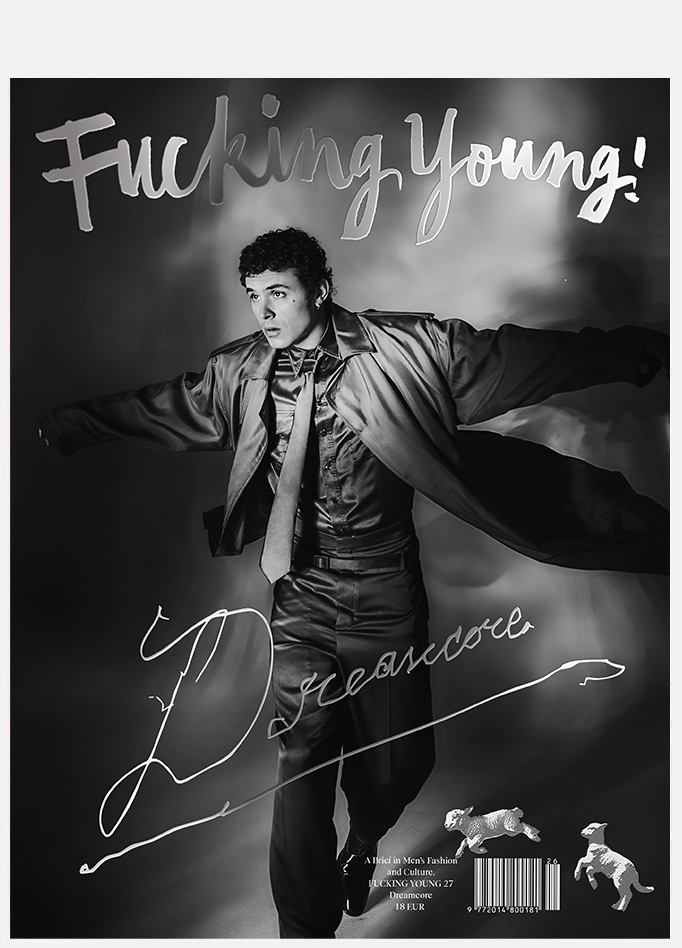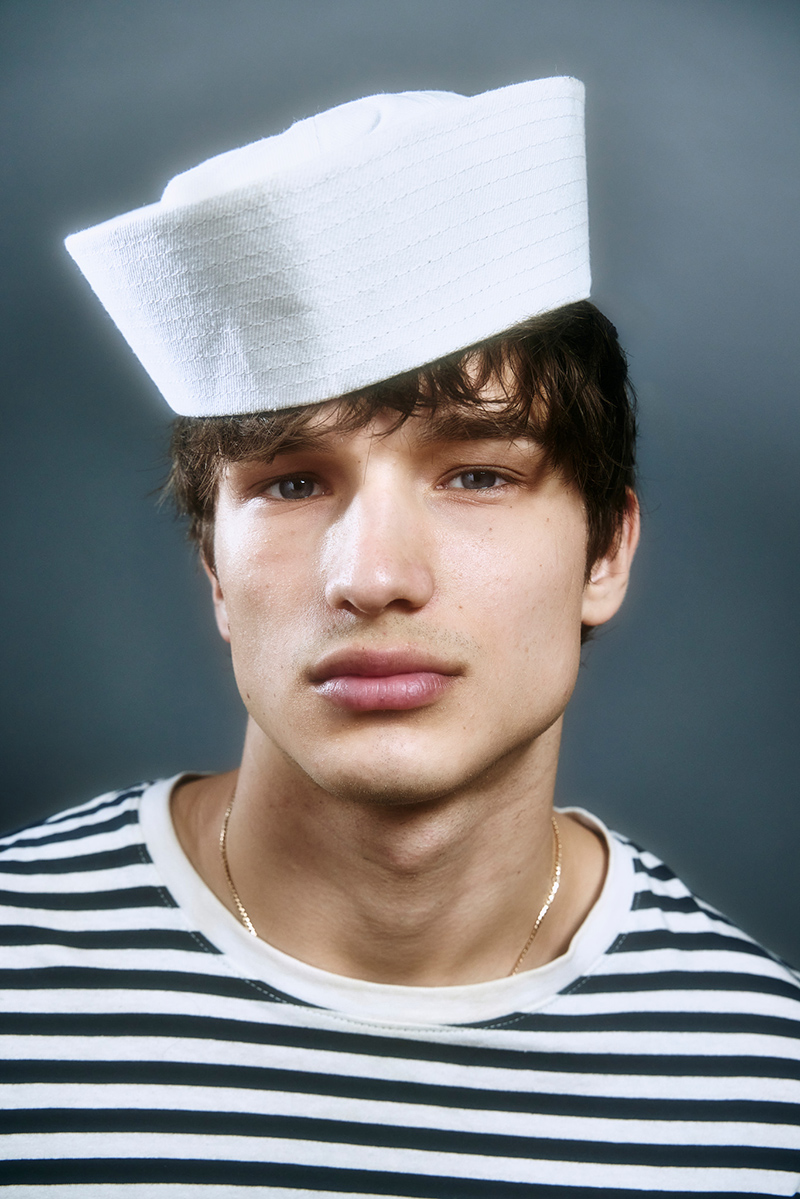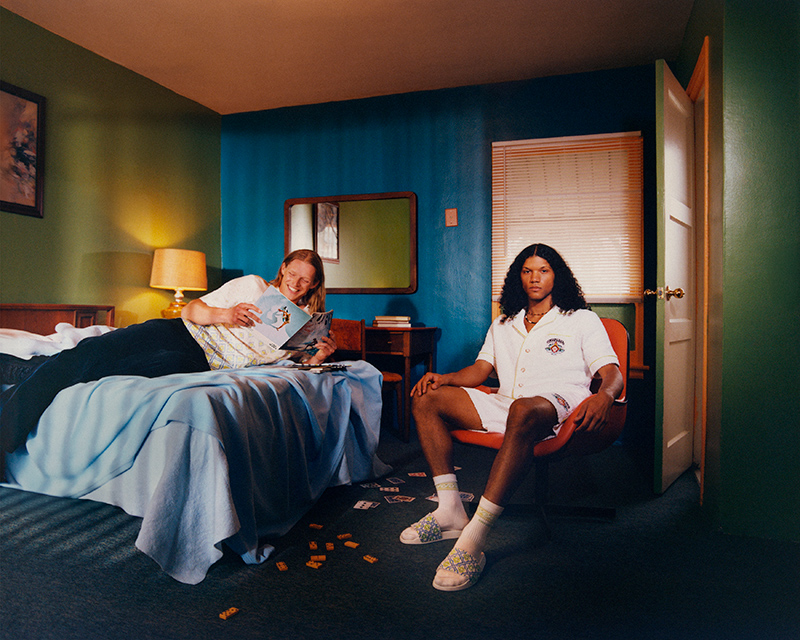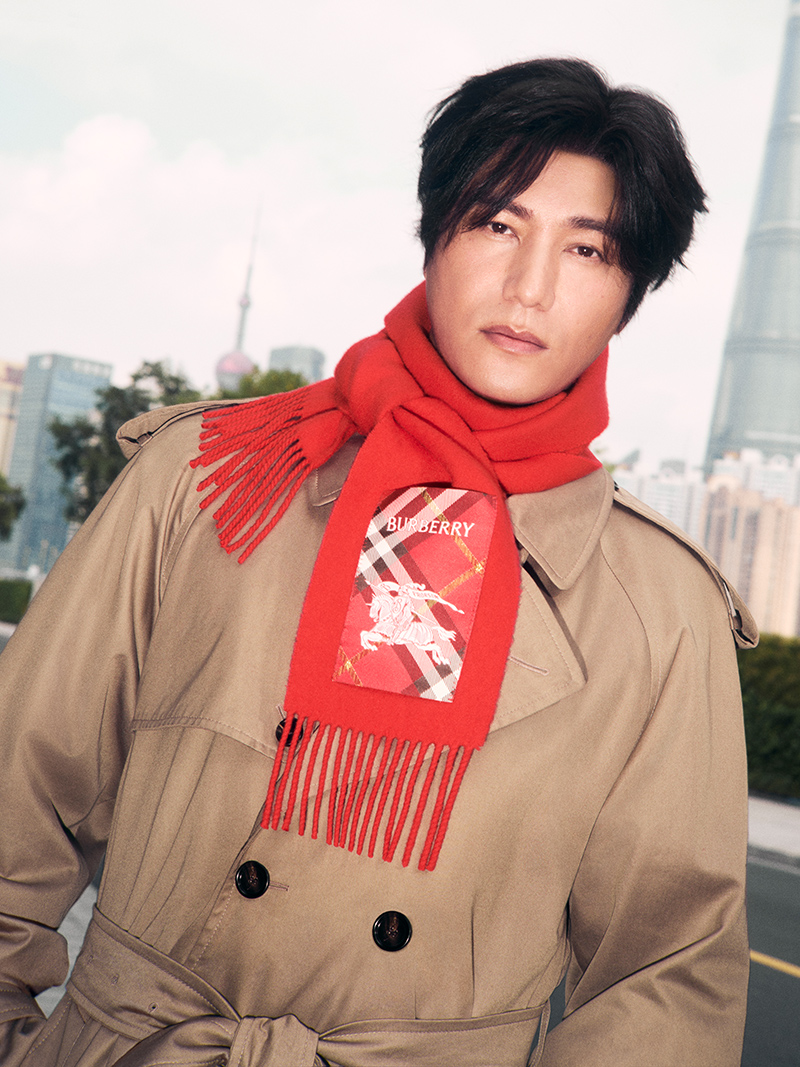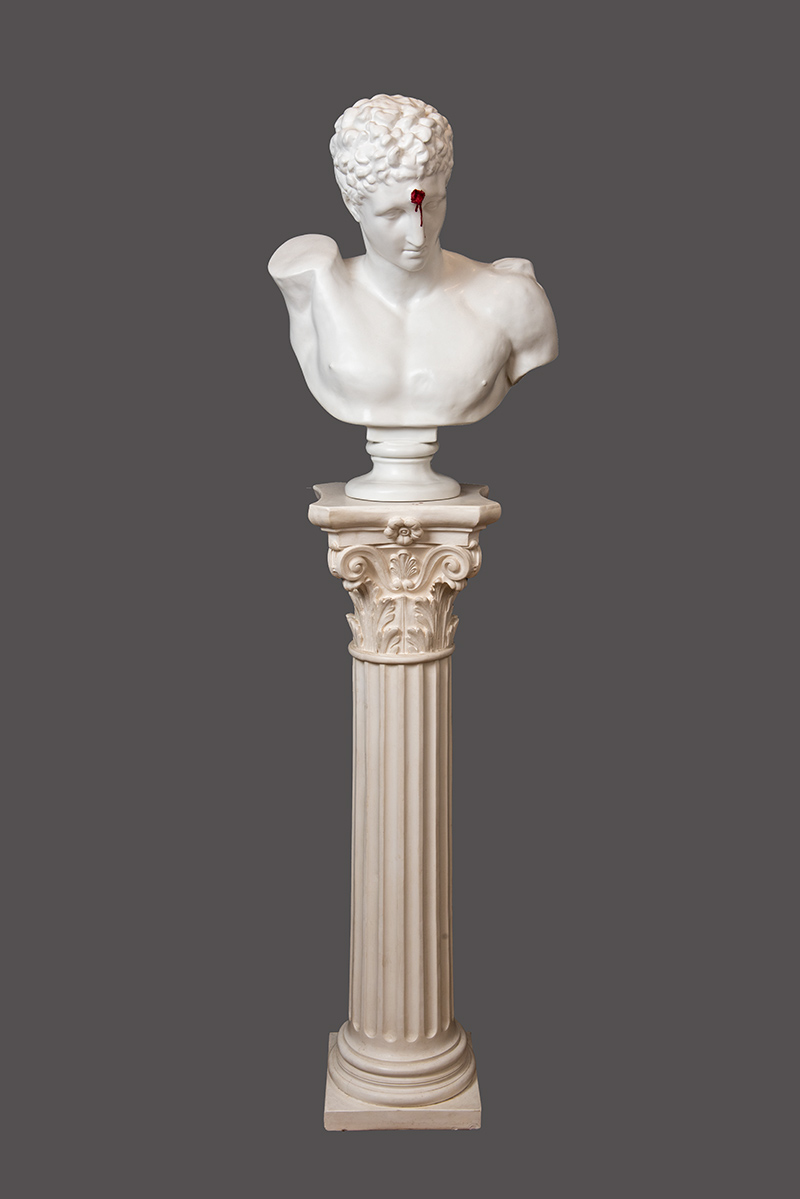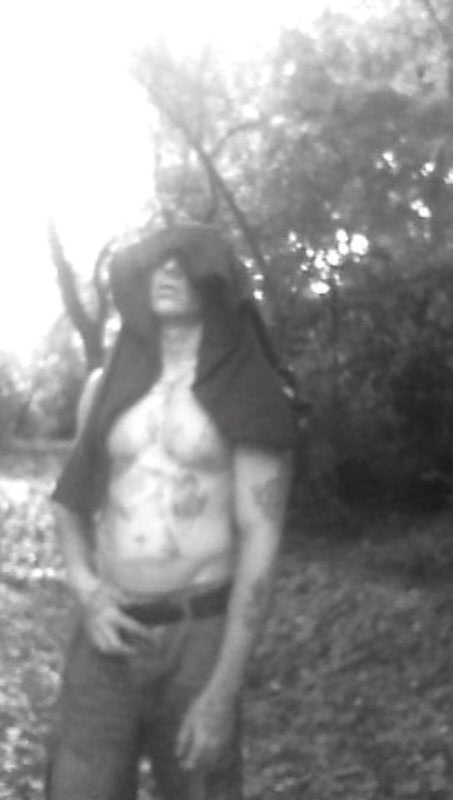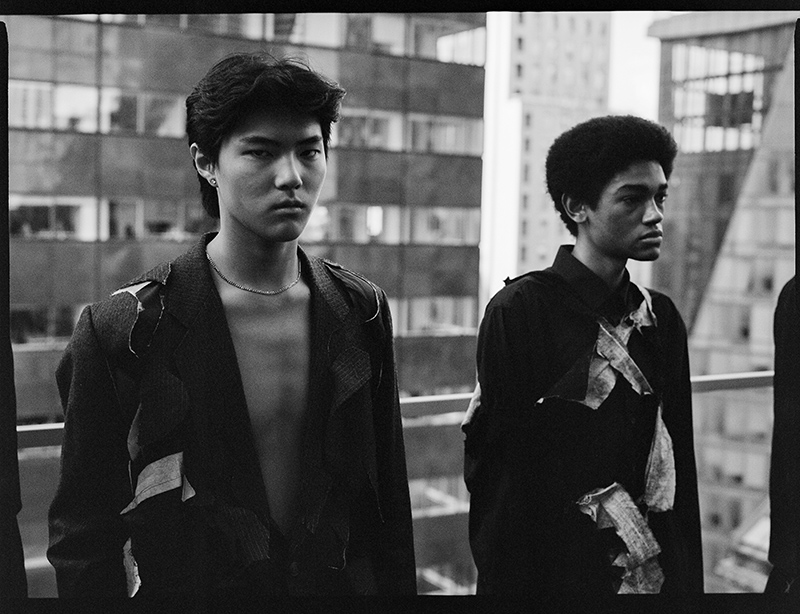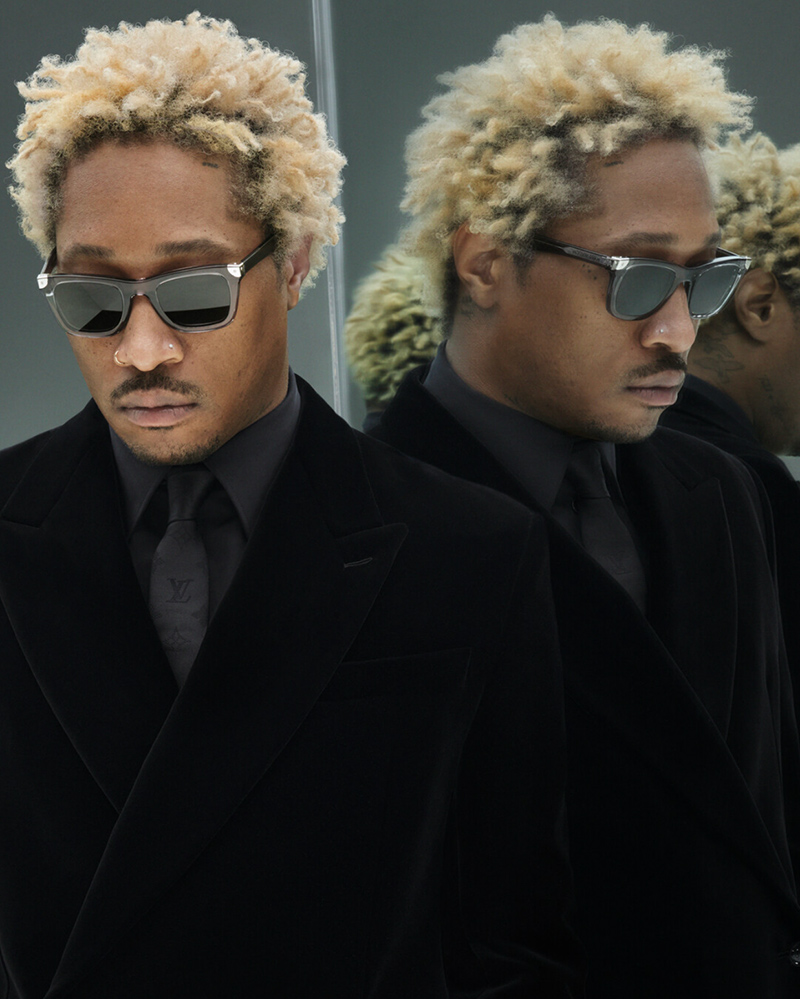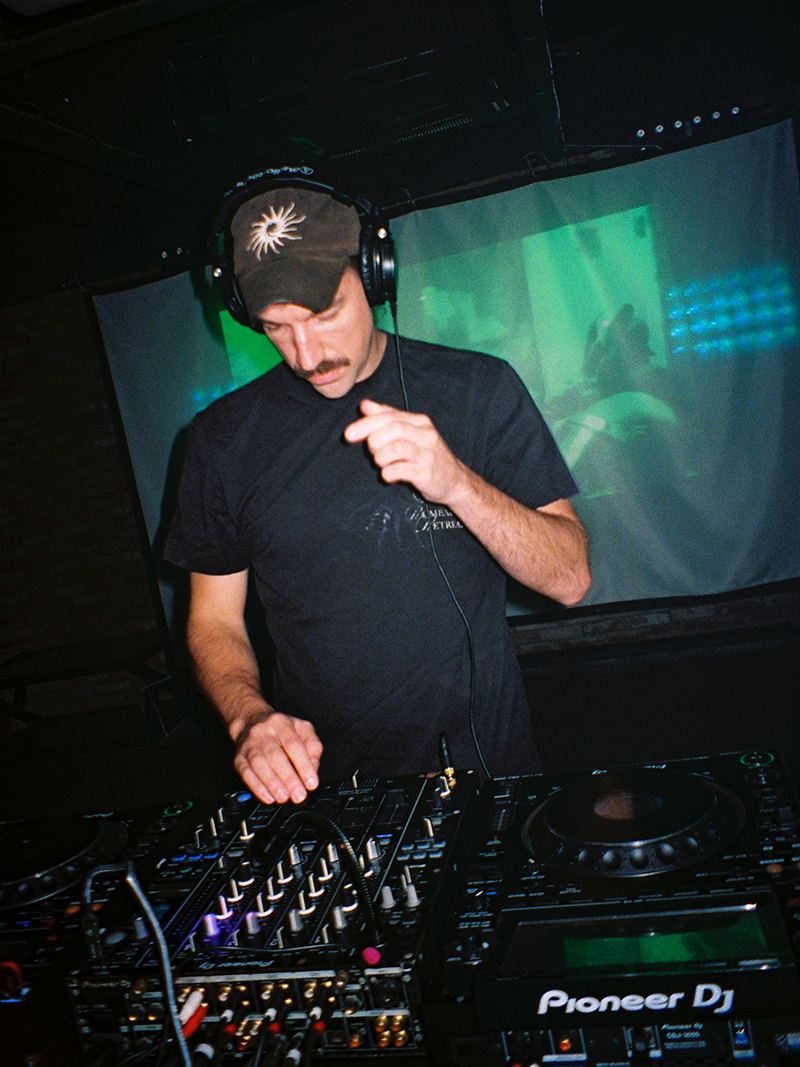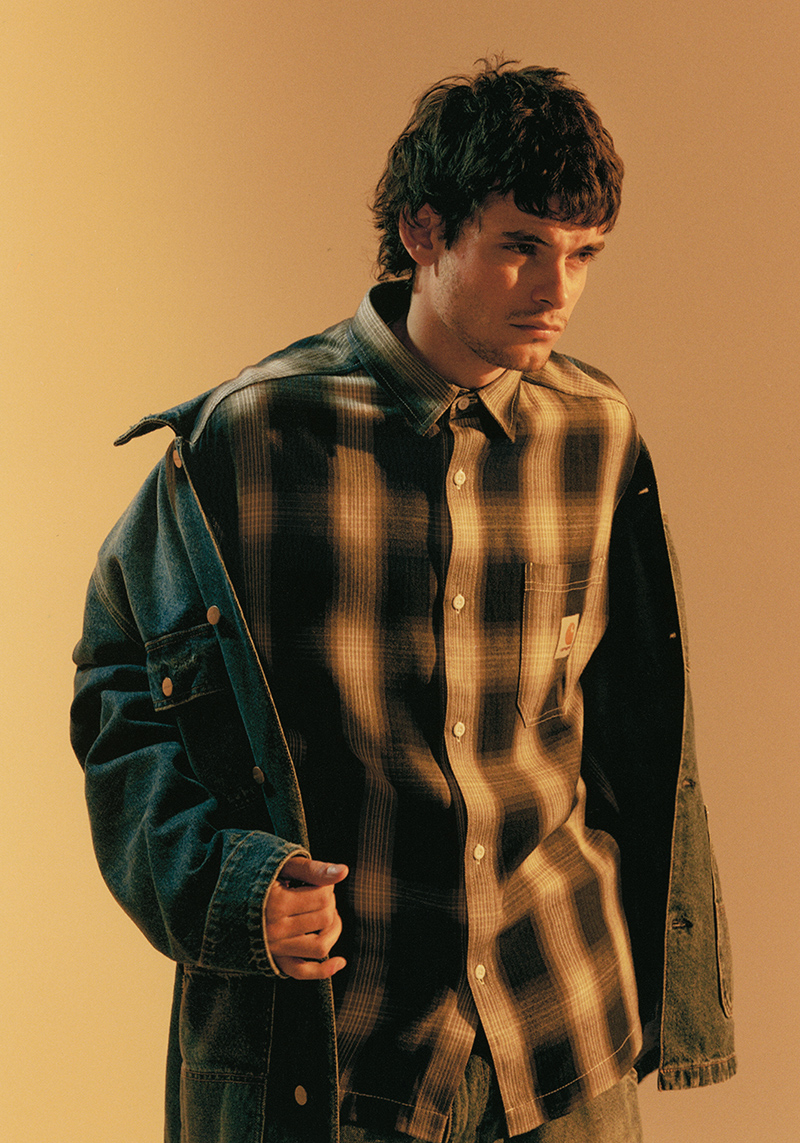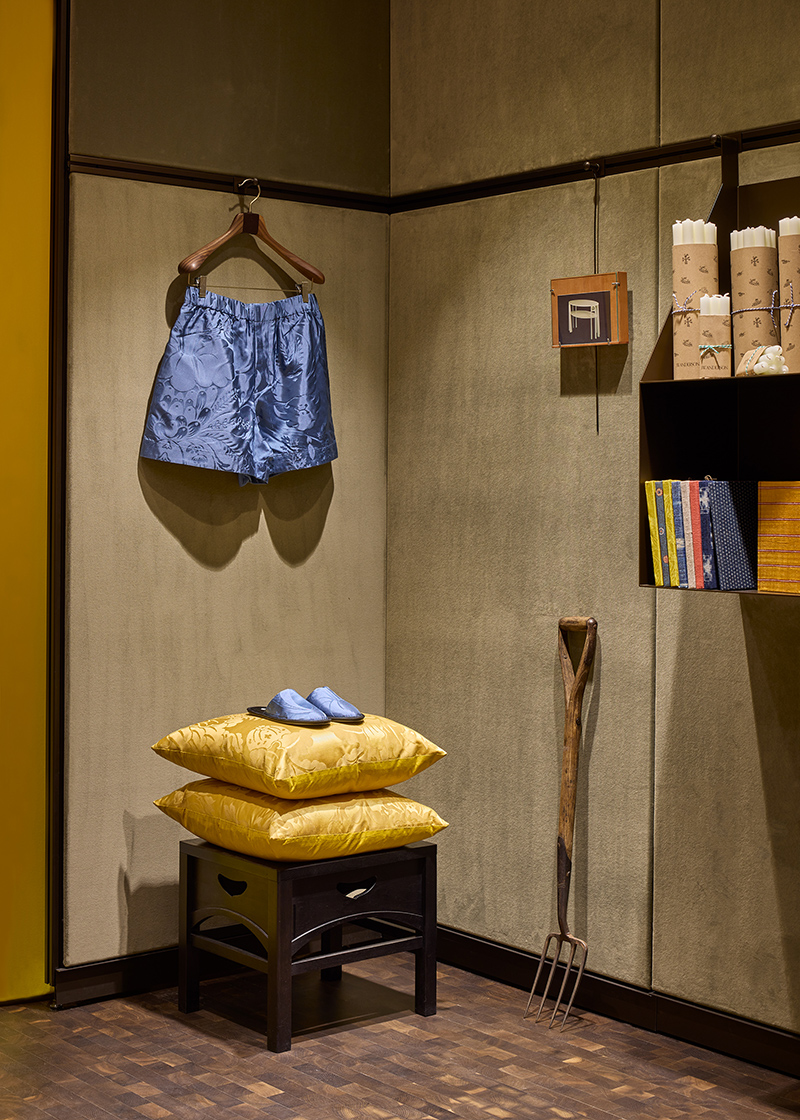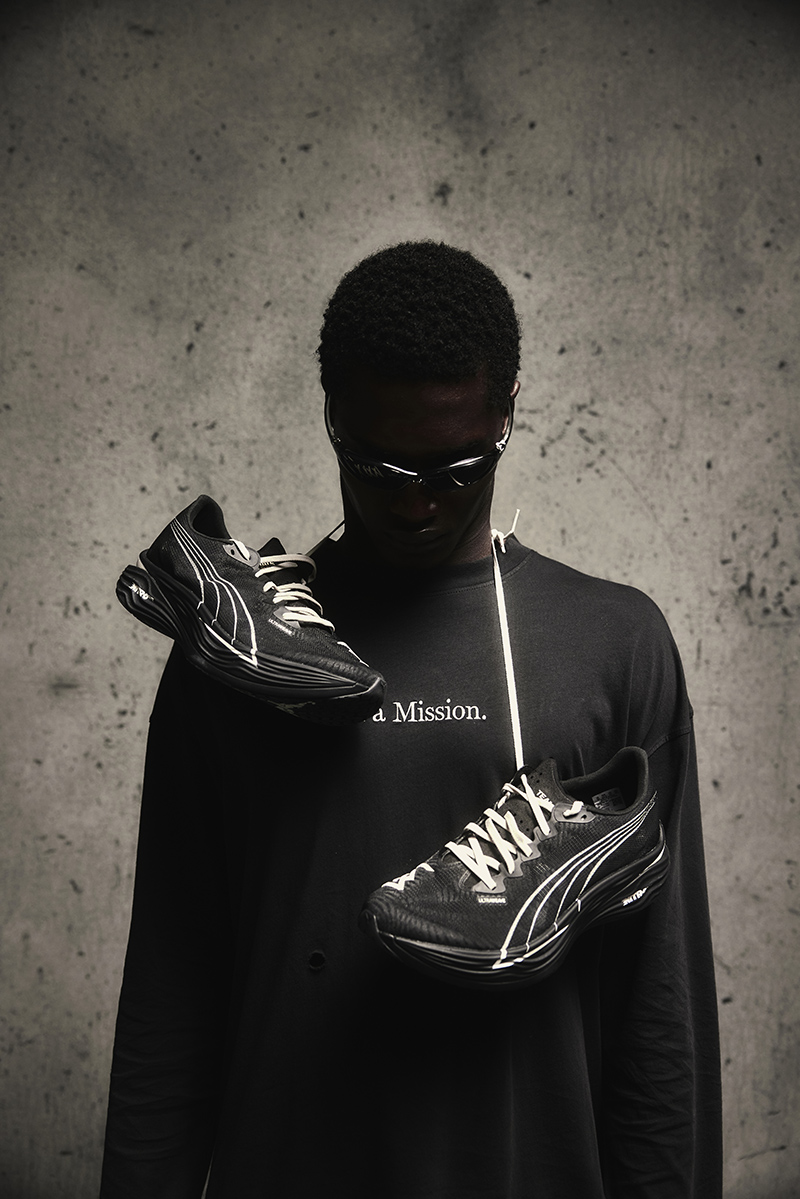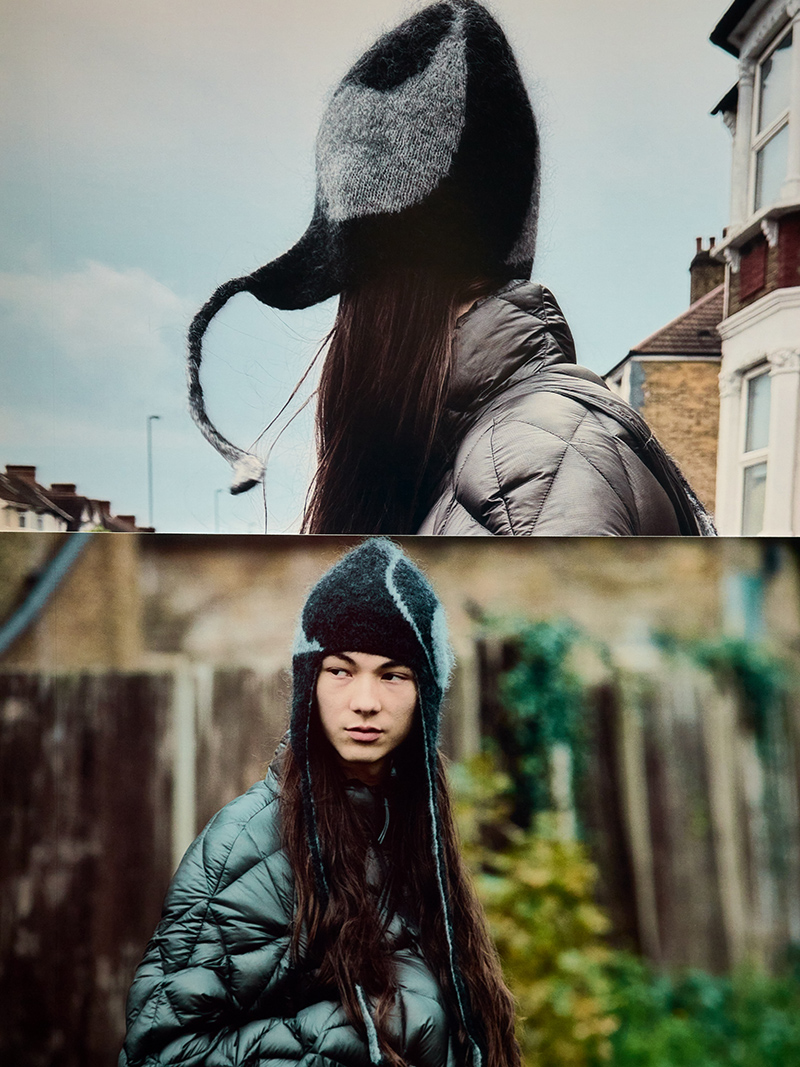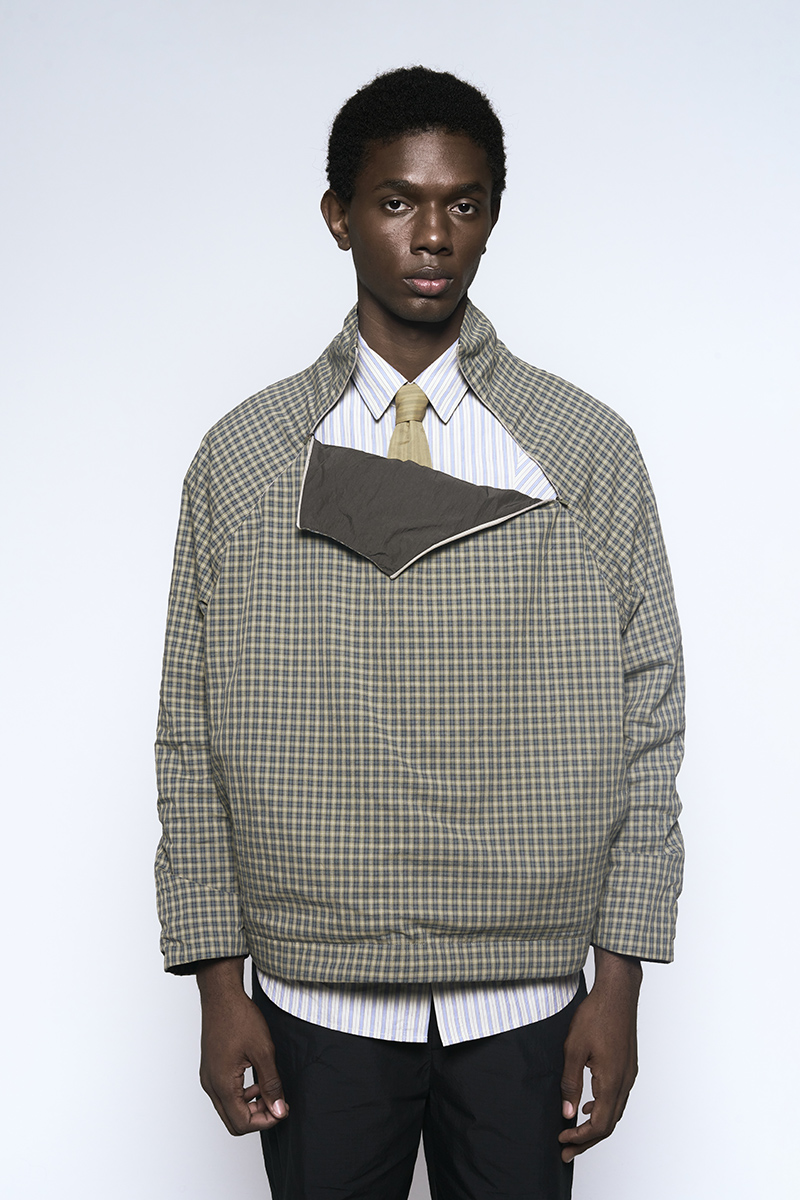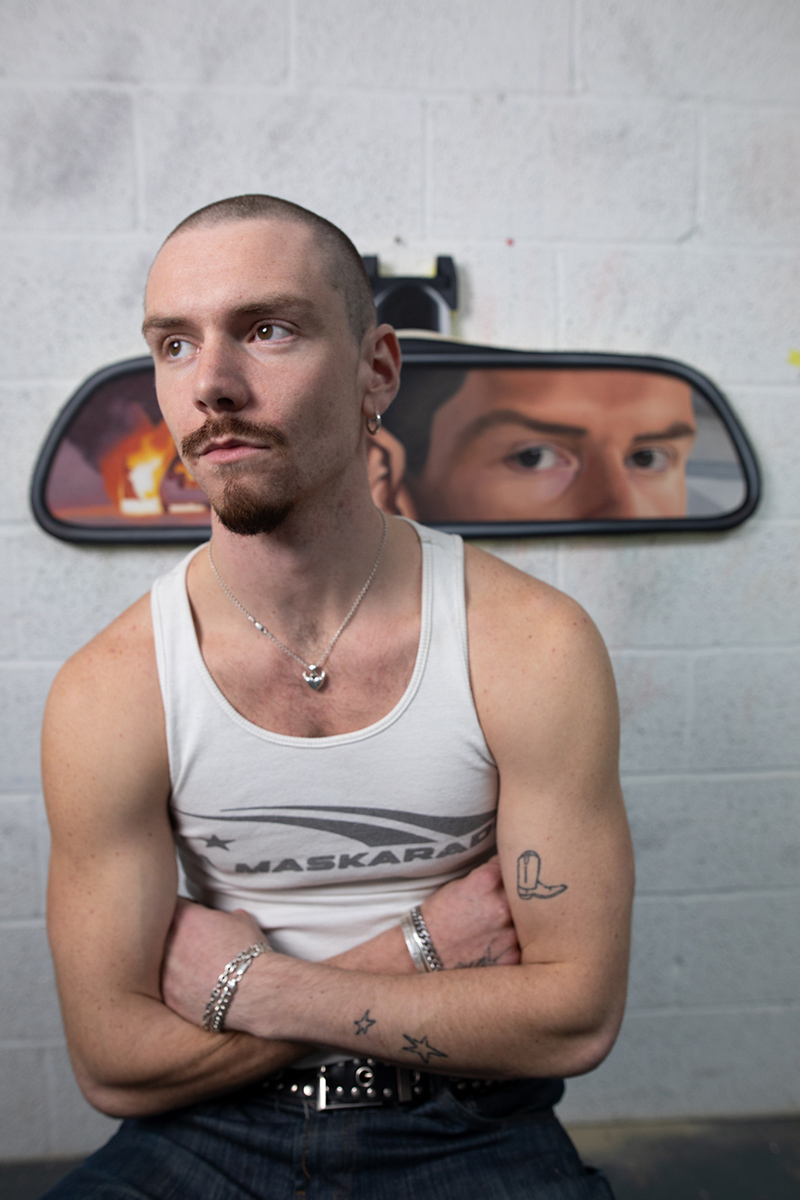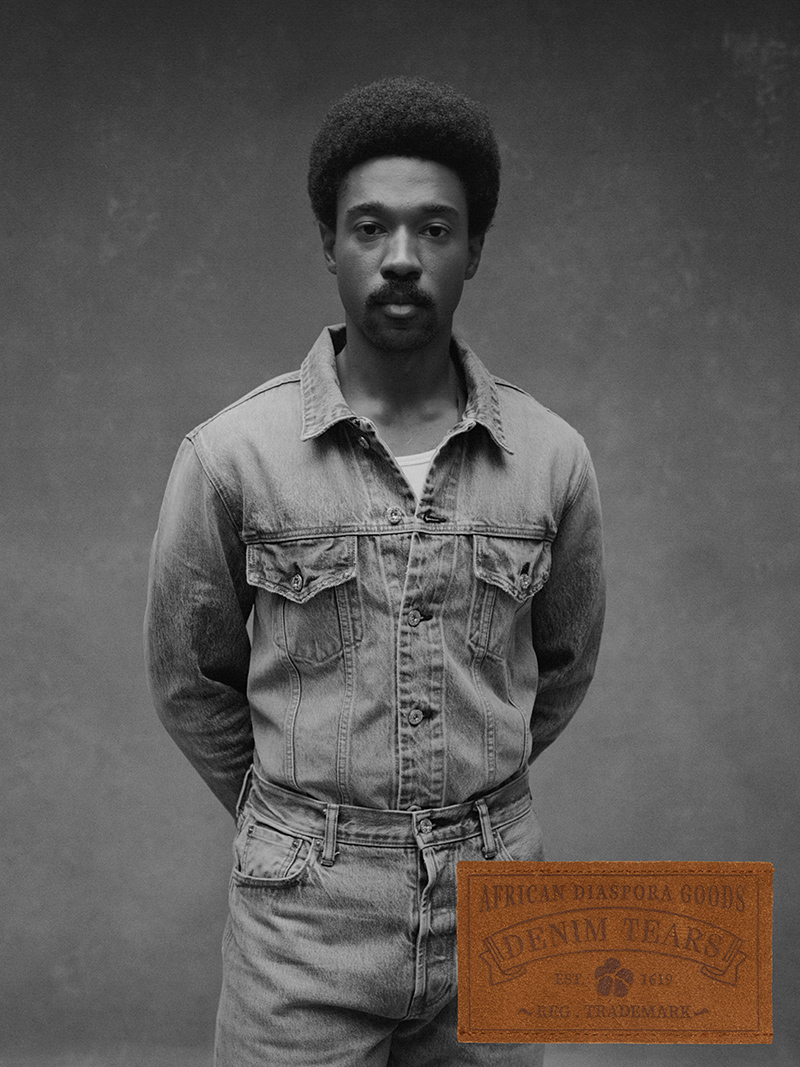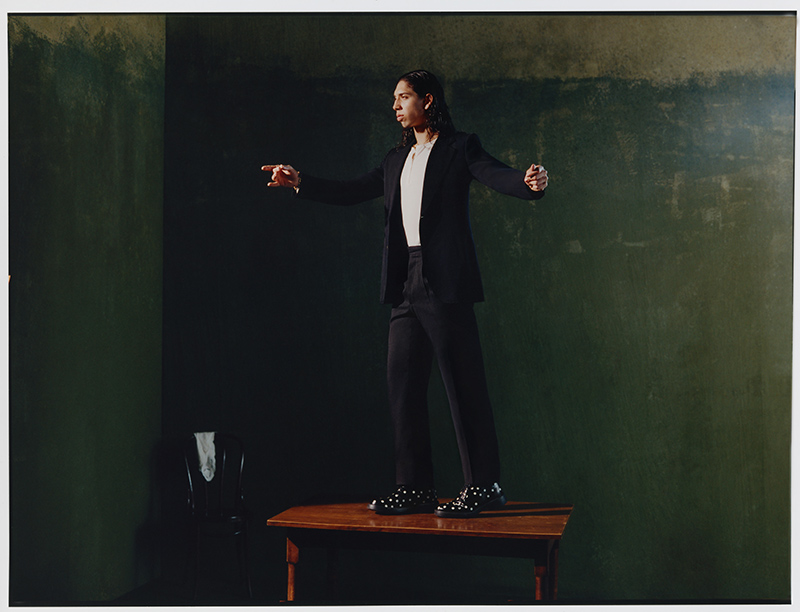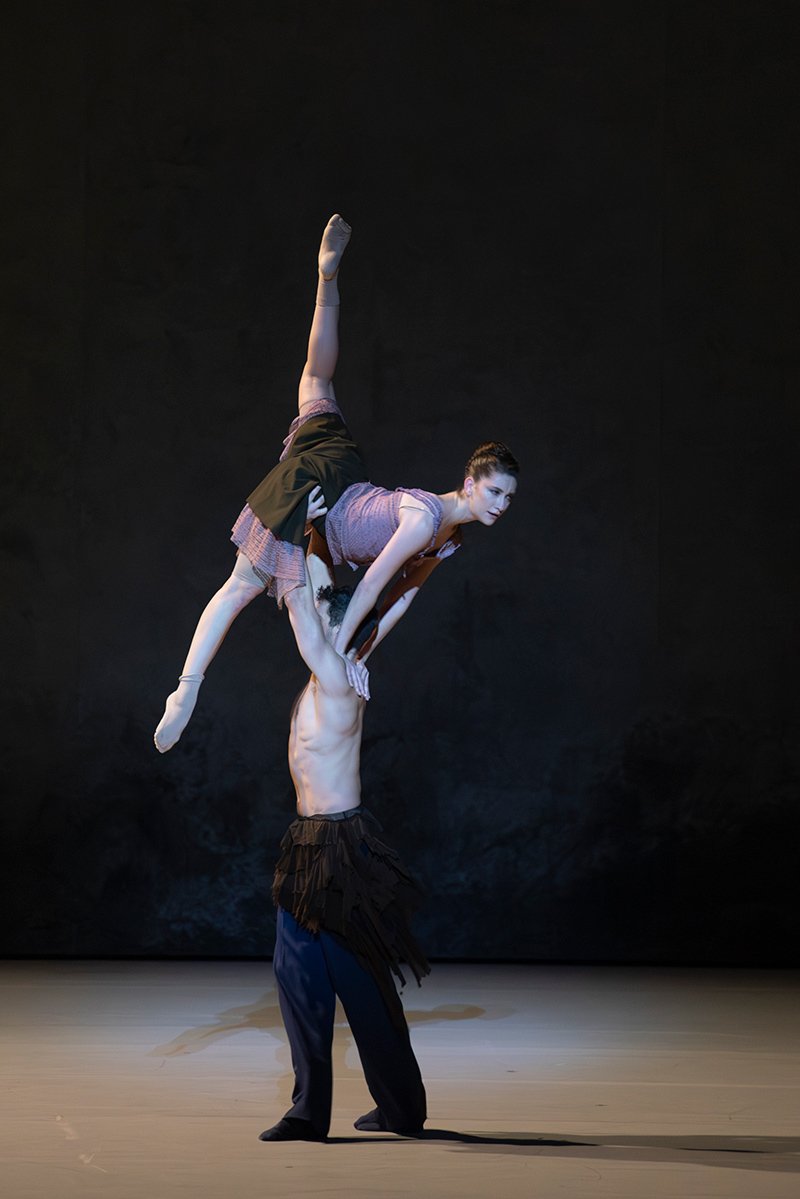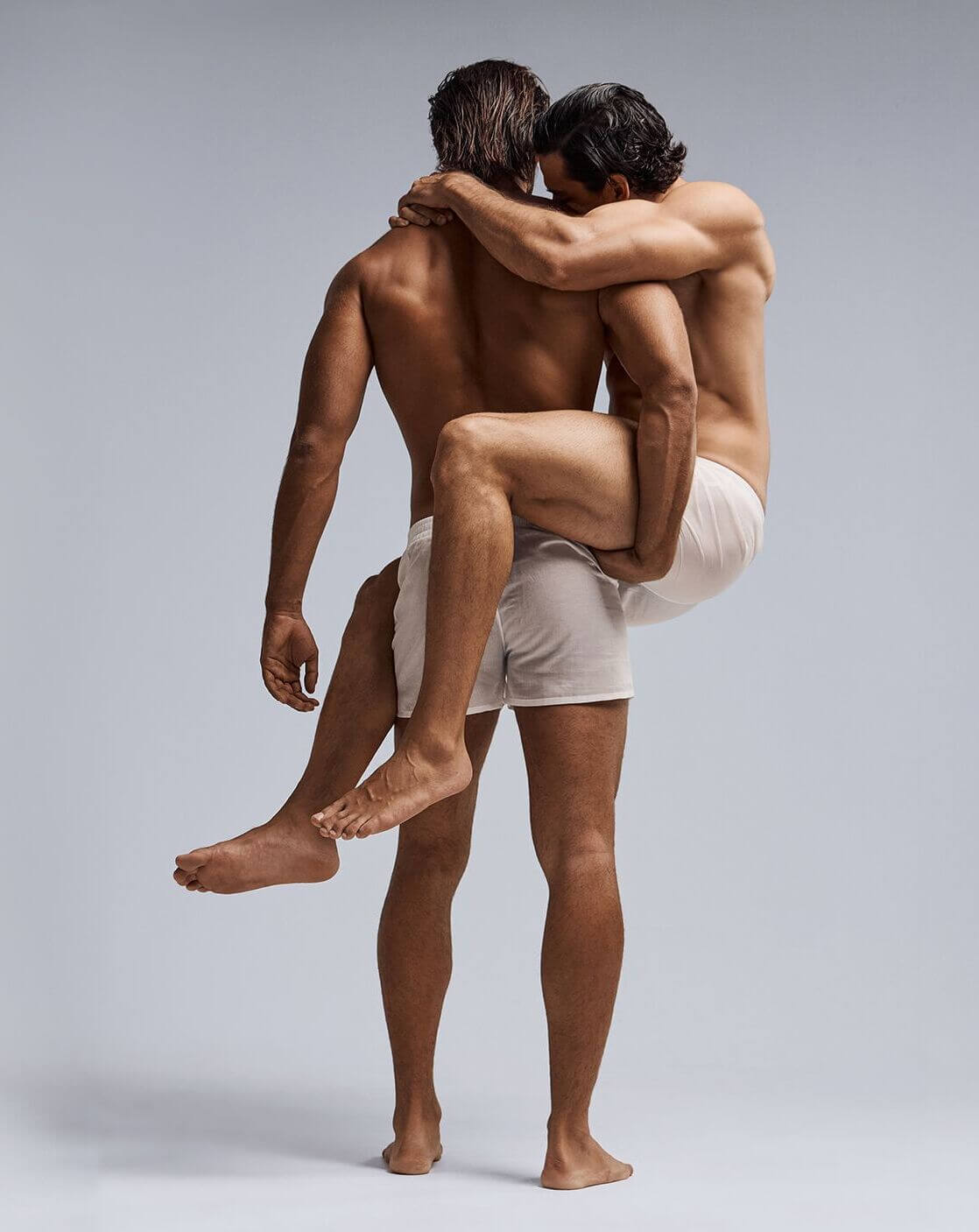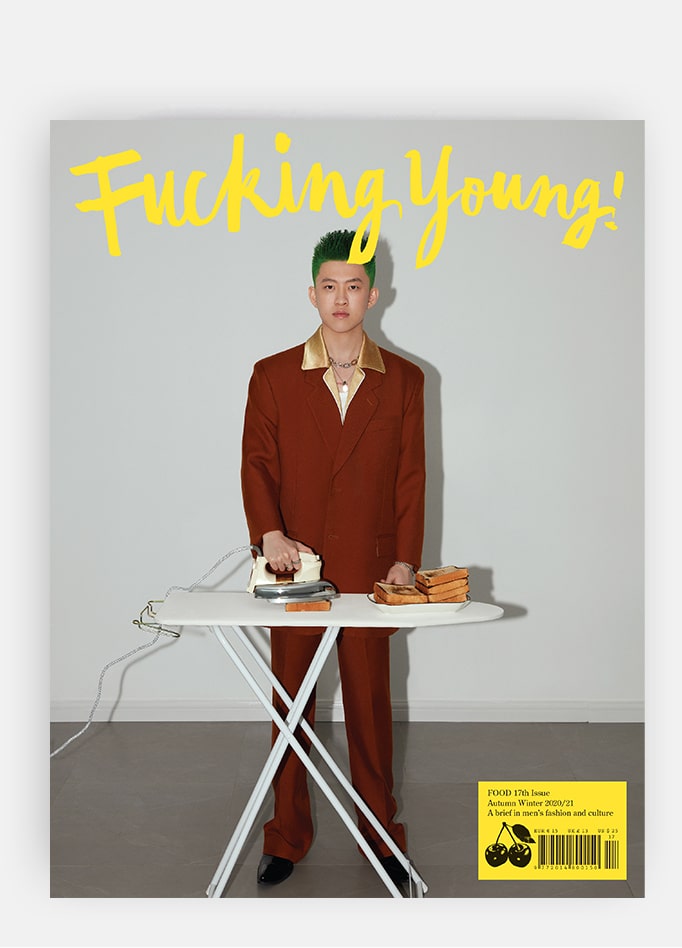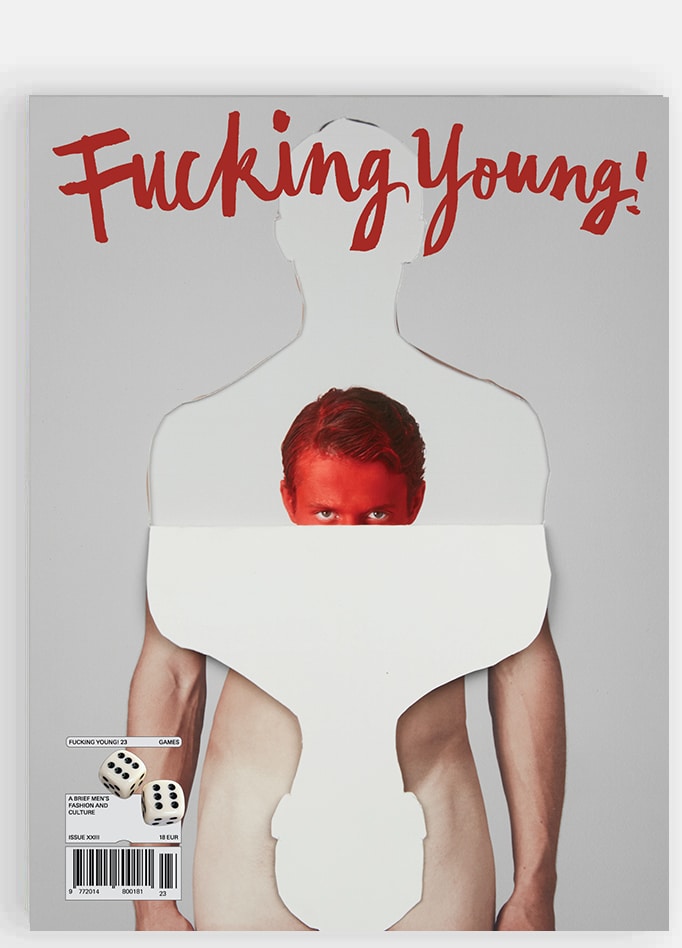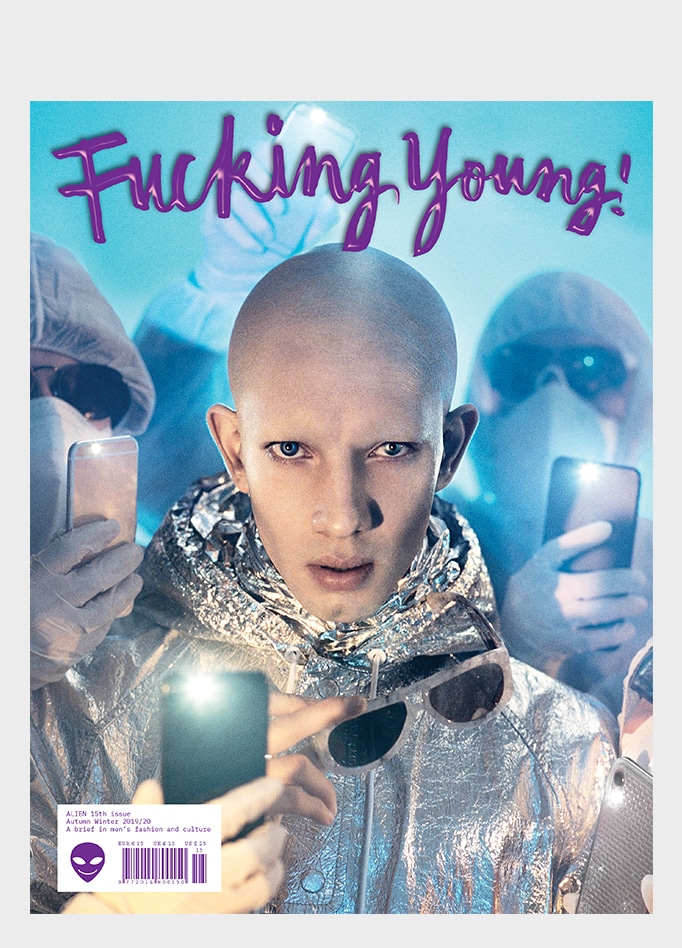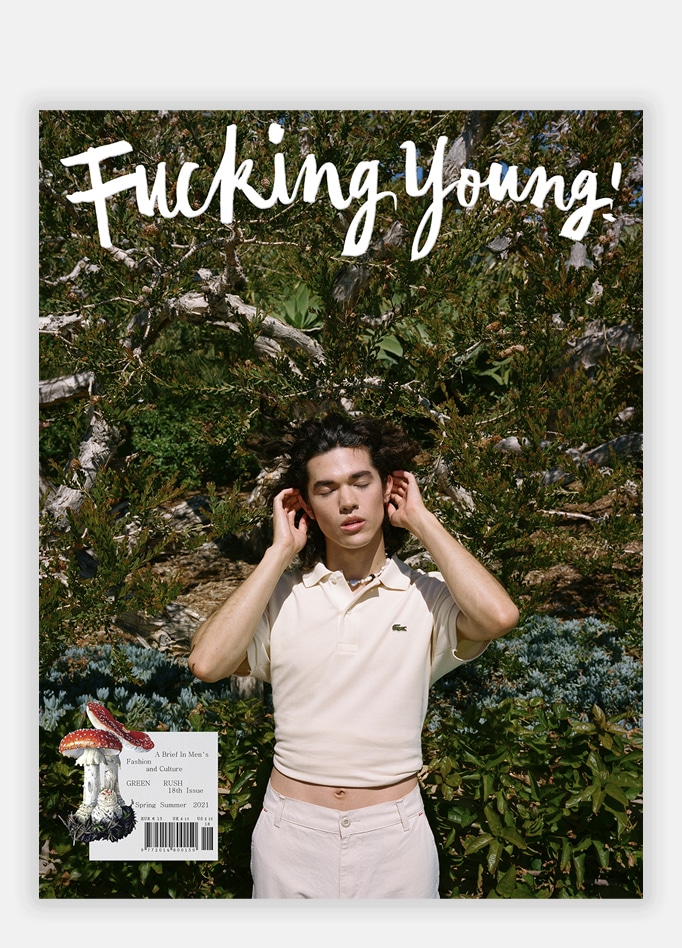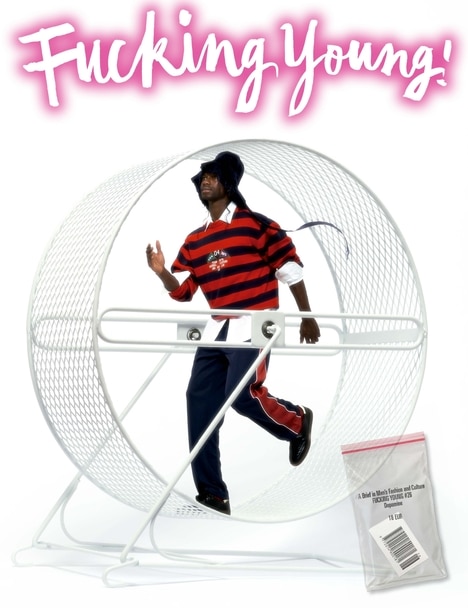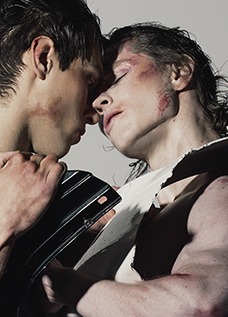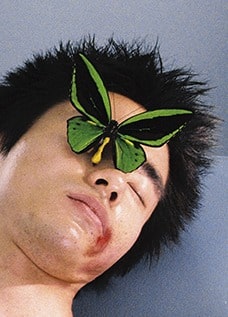
Jean-Michel Basquiat D.J.ing at Eric Goode’s birthday party at the now-defunct nightclub Area, the club Mr. Goode helped found in 1984. Credit: Ben Buchanan
For the first time ever, The Philharmonie of Paris is having an exhibition dedicated to Jean-Michel Basquiat’s powerful relationship with music. “Basquiat Soundtrack” presents a rich and heroic score to the meteoric output of a peerless artist, offering new insight into how his visual work was informed by music – from Beethoven to Madonna, zydeco to John Cage, Louis Armstrong to the Zulu Nation.

Jean-Michel Basquiat, Toxic (1984).©The Estate of Jean-Michel Basquiat, Licensed by Artestar, New York
Jean-Michel Basquiat emerged as part of the multidisciplinary artist community of late-1970s New York, bursting onto the scene at the confluence of two surging musical movements: no-wave and hip-hop. A poet, stylist, sculptor and, especially, musician before he became a painter, Basquiat was the unofficial leader of the band Gray, which shared stages with major no-wave groups like DNA and The Lounge Lizards. As a burgeoning creator, he frequented the downtown clubs that were an enclave for a generation of punk-influenced artists who, between performance art and experimentation, sought to forge new practices and bring art back to life. At the same time, Basquiat was hit hard by the onslaught of hip-hop, a cultural revolution unfolding uptown, developing its own codes and approaches to not only music but also dance and visual arts. He became close to the hip-hop community, even teaming up with rapper and MC friends to produce a single called Beat Bop (1983), featuring one of the trailblazers in the genre, Rammellzee.

Jean-Michel Basquiat dancing at the Mudd Club, New York, 1979© Courtesy of Nicholas Taylor
While hip-hop connected with the lineage of bebop, jazz also held a key place in Basquiat’s paintings. He placed himself within New York’s African-American cultural heritage, linking himself to an artistic lineage with no equivalent in the fine art world. Haunted by the tragic fate of Charlie Parker, the figure of a ravaged genius, Basquiat filled his works with references to jazz musicians and records. His understanding of the genre profoundly changed the composition of his paintings. From the Mississippi Delta, the birthland of the blues, to the coasts of Africa and the Caribbean, to which he was linked by Haitian and Puerto Rican ancestry, Basquiat’s work explores the Black Atlantic, the intangible, diasporic continent where music is a place of memory: his work bears witness to a spiritual continuum through the ages, embodied in the ancestral figure of the griot.

Jean-Michel Basquiat, Untitled (Dizzy), 1983, Private Collection © Estate of Jean-Michel Basquiat. Licensed by Artestar, New York
Bringing together an extraordinary ensemble of almost one hundred artworks, this exhibition is an immersive experience, plunging us into the places and sounds that shaped Basquiat’s artistic evolution and fed his inspiration. The exhibition’s bold scenography shows his pictorial inventiveness in a new light, in which xeroxes are on the canvas what samples are to a song, and mixing appears as a structuring principle. Alongside the artworks, Basquiat Soundtrack presents rare archival documents, emblematic instruments and never-before-seen audiovisual media, providing a new perspective on Basquiat’s work which, though closely linked to club culture – from the underground to the most flamboyant of 1980s nightclubs – has also revealed its universal dimension.


